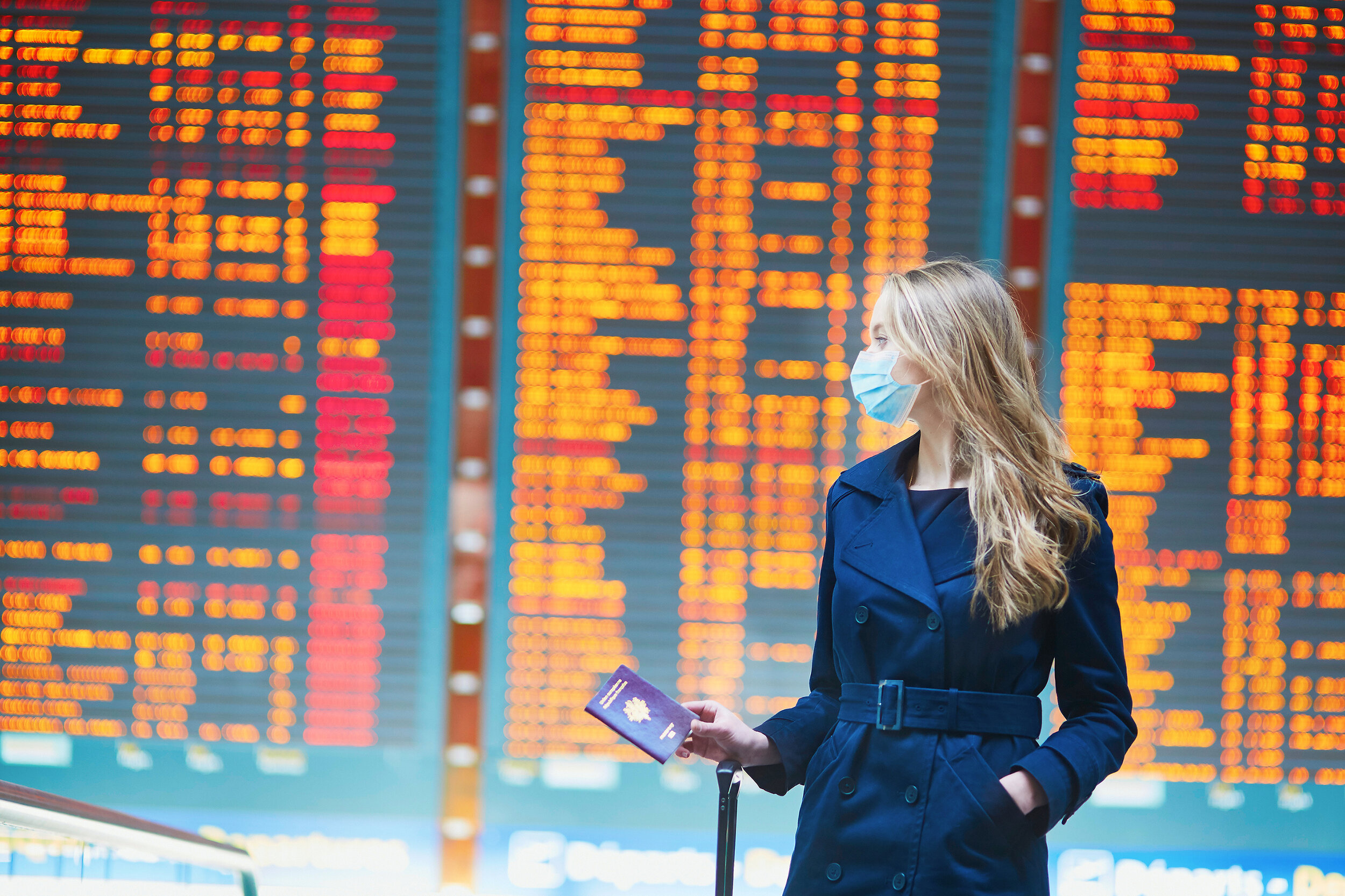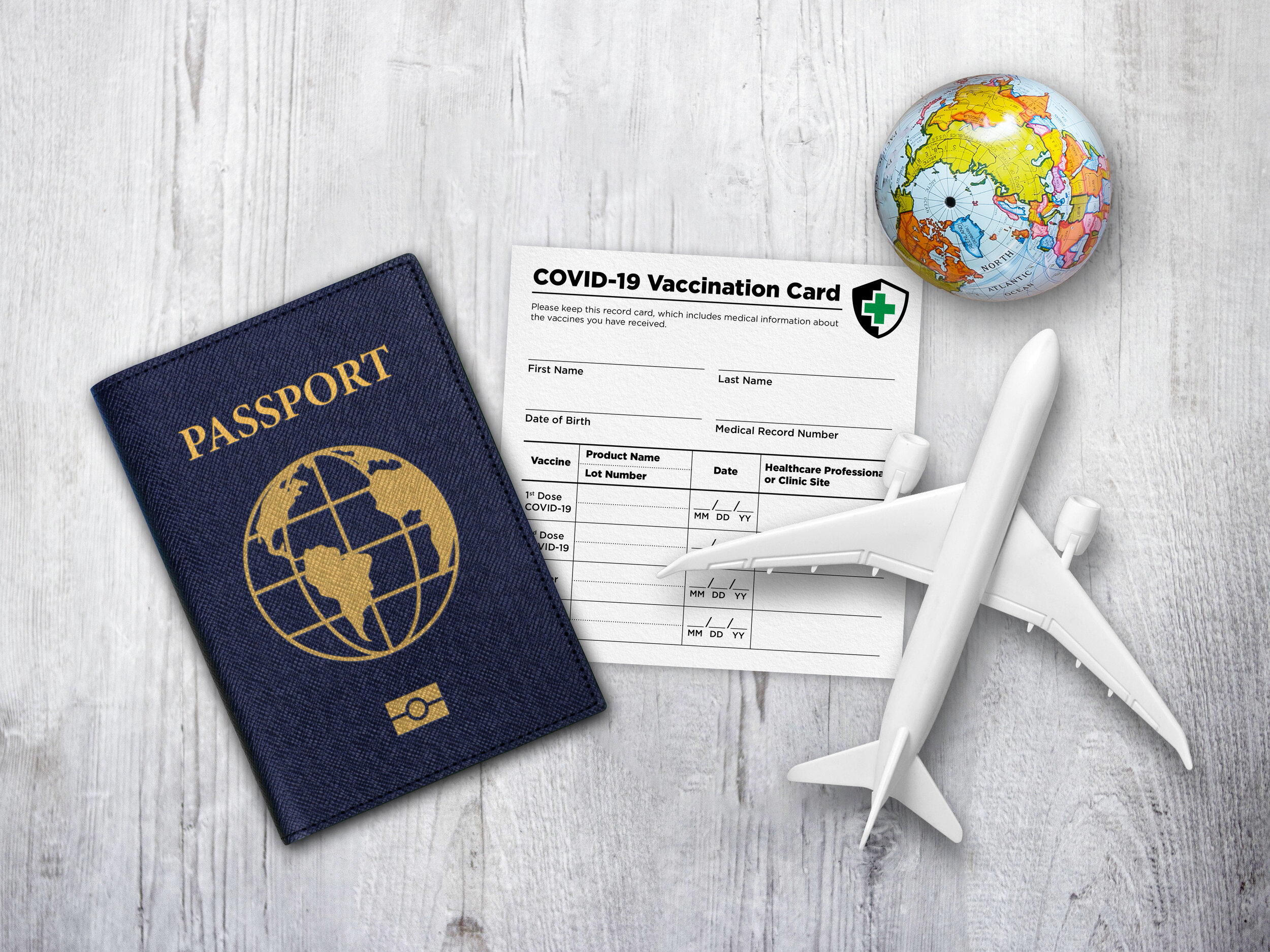Canada’s latest travel rules for vaccinated and unvaccinated people, explained
Quarantine hotels and mandatory testing are still important parts of Canada’s efforts to keep out COVID-19 variants – but starting July 5, people who’ve had their shots can expect a more relaxed set of rules.
If you’re coming home from abroad this summer, you can still expect strict rules about COVID-19 testing and quarantine from before you board the plane to after you touch Canadian soil. But as of July 5, those rules are different for people who’ve had full courses of COVID-19 vaccines, which more and more Canadians are doing every day. Within Canada, many of the interprovincial travel restrictions that sprung up early this year have now disappeared, but there are still some in place. Here’s what you need to know.
Canada’s latest travel rules
What does ‘fully vaccinated’ mean, officially?
For the federal government’s purposes, “fully vaccinated” means you’ve had all the required doses for one of the four COVID-19 vaccines approved in Canada – Pfizer, Moderna, AstraZeneca or Johnson & Johnson – and it’s been 14 days or more since your last dose, which is a common rule of thumb for whether the vaccine has had time to build immunity in your body. So if, say, you had your final shot on July 1, you won’t be able to skip quarantine on July 5 when the vaccination travel exemptions first take effect; for that, you’d have to wait till July 15. And if you’ve had another type of vaccine in a different country, like the Chinese-made Sinopharm or Sinovac, you’ll still be treated as an unvaccinated person, though that may change later if the government expands the list of travel-approved vaccines.
International arrivals: Who has to be tested
Air travel: Everyone aged 5 or older has to provide proof of a negative COVID-19 test or they can’t board an international flight into Canada. There’s an app called ArriveCAN for that (make sure you’ve updated to the latest version since the new rules took effect), as well as a short federal questionnaire to address any questions about your eligibility to fly. Once you get to Canada, you can expect a COVID-19 test at the airport, but the next steps will depend on vaccination status: Unvaccinated people have to take an additional test on Day 8 of their quarantine, but vaccinated people don’t need that test or the quarantine (more on that in the “quarantine hotels in Canada” section below).
Land travel: Anyone entering at a land border crossing has to show a negative COVID-19 test result. While officials can’t stop Canadian citizens or permanent residents from entering, they can fine those who don’t show a negative test up to $5,000 per day.
Quarantine hotels in Canada
After their airport tests, fully vaccinated Canadian air travellers can go straight home and skip quarantine, as can some exempted groups of vaccinated foreign nationals, such as international students. Unvaccinated people and most vaccinated foreigners have to go into a quarantine hotel (which they must pay for in advance) and wait for their test results for up to three days. Those who test negative will be able to go home and complete the rest of their 14-day quarantine there, but anyone who tests positive will stay put while health officials check whether they have an infectious variant.
Registered quarantine hotels have to be near the Montreal, Calgary, Toronto or Vancouver airports, the only places currently accepting international flights.
Interprovincial travel restrictions by province
B.C.: New arrivals from the rest of Canada don’t have to self-isolate. Read more about B.C.’s travel rules here.
Prairies: Manitoba requires out-of-province arrivals to isolate for 14 days, unless they’re vaccinated or are on a list of exempted groups; Alberta and Saskatchewan do not. Read more here about Alberta, Saskatchewan and Manitoba’s travel rules.
Ontario: As of June 16 all land-border restrictions for Manitoba and Quebec have been lifted; out-of-province arrivals don’t have to quarantine unless they have COVID-19 symptoms. Read more about Ontario’s travel rules here.
Quebec: The border with New Brunswick is closed to non-essential travel, though Quebeckers going through New Brunswick to get to the Îles-de-la-Madeleine can fill out a form to facilitate crossing New Brunswick and Prince Edward Island. Read more about Quebec’s travel rules here.
Maritimes: Nova Scotians, New Brunswickers and Prince Edward Islanders can travel freely within the region, though the paperwork may vary depending on where you’re going. Nova Scotia and New Brunswick have registration forms that Atlantic Canadians aren’t required to fill out; PEI has a “PEI Pass” for fully or partly vaccinated people and children under 12, and Atlantic Canadians who aren’t vaccinated have to self-isolate for eight days on arrival and take an additional COVID-19 test.
Newfoundland and Labrador: All travellers are welcome, though they have to fill out a form 72 hours before they expect to travel unless they’re permanent residents of the province, Quebec’s North Shore or Fermont, Que., on the Quebec-Labrador border. Maritimers can come in without self-isolating as long as they’ve been within Atlantic Canada for 14 days or more.
What are the penalties for breaking the travel rules?
Federal law: Penalties under the Quarantine Act can go as high as $750,000 or six months in jail. Most fines issued in the first seven months of the pandemic were between $275 and $1,275, and 77 people were fined nationwide, according to Public Health Agency of Canada data obtained by the CBC in October.
Provincial law: Many of the fines issued by local police have to do with physical distancing and non-essential businesses, but travel-related offenses, such as lying to contact tracers about where you or your friends have been, can also result in fines.
More readings:
On vaccines
Federal and provincial vaccine rollout plans
How many vaccine doses have been administered in Canada so far?
Pfizer-BioNTech vaccine: A primer
On variants
Public health agency reports spike in confirmed COVID-19 cases of Delta variant in Canada
COVID-19 variants reveal evolution’s power to rearm pandemic
Ontario health officials race to avert ‘take off’ of new COVID-19 variants
On the pandemic
COVID-19 news: Updates and essential resources about the pandemic
This article is sourced from The Globe and Mail, available to globeandmail.com subscribers published on July 5, 2021
Images used for visual presentations were replaced
Compiled by Globe staff
With reports from Evan Annett, Marieke Walsh, Laura Stone, Steven Chase, Patrick White and The Canadian Press





